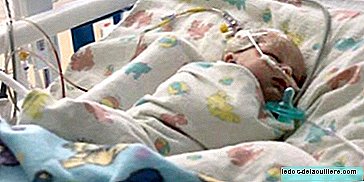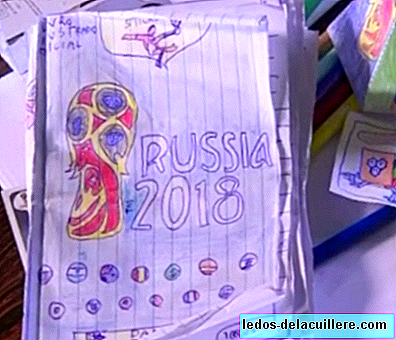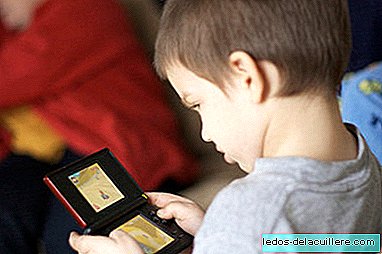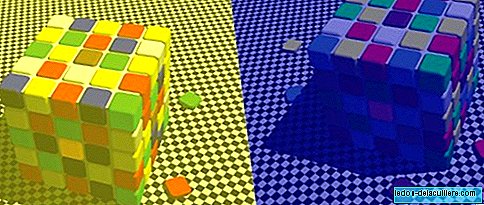
Surely on more than one occasion someone has been tempted to heal the wounds with some element intended for other purposes such as glue, and you may be able to tell me that you know someone who does it, because I do know about one, very donkey ( I will not say names because it is not relevant either), that heals wounds, some important ones that would need suturing, gluing them with quick glue, aka "Loctite" or "SuperGlue".
Well, this is what some doctors from the Kansas City University Hospital have done, which they decided to use fast-acting glue to treat a three-week-old baby aneurysm who had already suffered two hemorrhages. However, the glue in question was specially treated to be used in such intervention.
The baby, named Ashlyn Julian, suffered an aneurysm (a malformation of a blood vessel, a dilation that can be opened at any time, generating hemorrhages that can be very serious) in the brain. He had already had two in three weeks and the doctors did not want to risk that the thing would go further.
The usual intervention to treat an aneurysm is through an opening in the skull. However, since Ashlyn was bleeding, they believed it was too risky to do so and approached the blood vessel from the inside.
To do this they introduced a very fine catheter through the femoral artery (next to the groin) that was entering until it reached the brain and thus until the damaged vessel was found. Once there, through the catheter, deposited a portion of the glue, sterilized, which dried and hardened in a matter of seconds, sealing the wall and stopping the bleeding.
Koji Ebersole, the neurosurgeon who led the intervention recognized that it was most likely the first time a glue was used whose compound is "literally the same" which is sold in hardware stores and supermarkets to treat an aneurysm (come on, it does not have the same trade name, but that is the same).
Surgeons are optimistic and they expect the baby to recover well from the intervention and that the previous hemorrhages do not leave sequels.
As far as the glue is concerned, it is clear that the operation was much less invasive than by the usual method, so it is very good news to be able to use something that already exists, which is also tremendously economical and that minimizes the risks of problems arising from the intervention.
Hopefully it will endure, because everything at home doesn't hit me. In fact some time ago in some hospitals a special glue is used to join wounds and avoid sutures and staples, and on more than one occasion the glue has not endured long enough and the wound has had to heal by second intention ( when the edges can no longer be joined and heals gradually, being open), leaving more scar than it was to avoid.
Via and Photo | Europa Press On Babies and more | The smallest artificial heart in the world saves the life of a baby, Congenital heart disease operation inside the uterus, A pioneer fetal operation saves a girl's life












